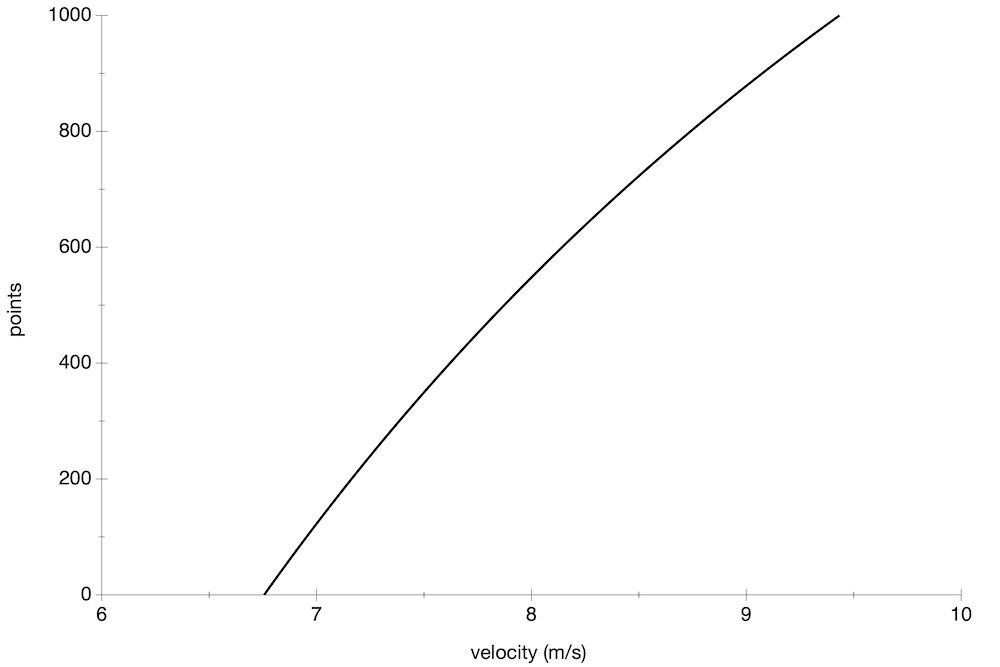While combined events were introduced already in the antiquity, they were absent from modern athletics till roughly the middle of the 19th century. Then all-around competitions started being organised and a decathlon, not very different from the one we know today, made its appearance in Sweden with the first championship held in 1909. No serious olympic combined event existed before the 1912, Stockholm, Olympics. In my article "Olympic combined events at the turn of the century" I give a short summary of the situation concerning the 1904, St. Louis, Olympics, as well as an account of what happened during the 1906, Athens, Games and the pentathlon which was a copy of the ancient one. But while reading for the nth time Zarnowski's book I came across something that I totally ignored. A pentathlon was in the program of the 1900, Paris, Olympics. It was a farcical event, just as the rest of the Paris organisation. To begin with, despite being announced as pentathlon it was in fact a tetrathlon. The athletes had choices: they could run either 100 m or 400 m, 800 m or 1500 m, participate in any of the three jumps, long, high or pole and throw either the shot or the discus. And of course no details exist as to the scoring planned. But this is not a real problem as the event was never(!) contested.
The, probably, first scoring table was one introduced in the US in 1893 (and not in 1884, as World Athletics insists of giving as the date, despite the fact that Zarnowski has pointed out the mistake long ago).
The Scandinavian countries, did also produce scoring tables, since they were already organising multi-event competitions. Contrary to the american tables, where 1000 points were attributed to the world record, these scandinavian tables were based on the national records of each country. Germany developed tables, also based on the world records, probably in preparation for the 1912 Olympics, (over 100 rather than 1000 points).
All the aforementioned tables are plagued by two flaws.
First, placing the 1000 points at the world (or national) record level, makes them non-adapted to the multi-event. Can one imagine modern decathlon tables where 1000 points for the 1500 m would correspond to 3:26.00? In case you wonder, in the scoring tables in effect one must run a 1500 m in 3:53.79 in order to obtain 1000 points. And, while it has never been done, it is not something that would appear out-of-this-world. Of course one can argue that the points attributed are calculated relatively to the 1000 performance and thus the fact that the latter corresponds to the world record is not crucial. However this statement makes the tacit assumption that all world records are equivalent, something we know not to be true.
The second flaw is that all these tables are linear. One must of course be lenient. At the beginning of the 20th century the computing possibilities were quite restricted (but, of course, adding plus printing machines did exist) making the construction of the tables highly labour intensive. Being linear, i.e. neither progressive nor regressive, would not be a real flaw for scoring tables were it not for the fact that the linearity in the track events is as a function of time. As I have argued in this blog (and published papers), the proper quantity in which one should cast scoring is not time but, for running events, velocity. And when one examines the scoring of the linear tables as a function of the velocity one sees that the tables are, in fact, regressive.
With the 1912 Olympics approaching the organising committee set about preparing a new set of tables. They did not use the already existing swedish "Malmö" tables but attempted the construction of new ones. There was an initial attempt at producing progressive tables but it was abandoned due to the difficulties involved and the lack of time. Finally the tables adopted were linear with the 1000 points corresponding to the 1908 olympic record. In order to be able to attribute a scoring to every performance, down to cm precision, fractional numbers of points (with three decimals) were introduced, unnecessarily complicating the situation.
Following the 1912 Olympics the tables were revised, with the 1000 points corresponding now to the 1912 olympic record. They were officially accepted after the war and were used in the Olympic Games from 1920 to 1932 (and, in fact, also during the first European Championships in 1934).
When one reads the scoring tables history in the World Athletics document, one encounters a cryptic statement concerning the bottom of the tables i.e. the performance that obtains zero points. What is implied there is that the null-score for running would correspond to the time for walking the distance. Nothing is further from the truth. The null-score time for 100 m in the 1912 tables is 14.8 s. It corresponds to a velocity of 6.75 m/s. To make things clearer, were one to run a 10000 m race with such a mean velocity, the final time would be under 25 minutes! I think that this walking vs. running was added as an afterthought, once the people who were working on the tables in the IAAF/WA had heard this idea from my friend Gerry Purdy, who was the one to introduce a systematic approach to the null-score. But this is a story we shall tell another time.



No comments:
Post a Comment